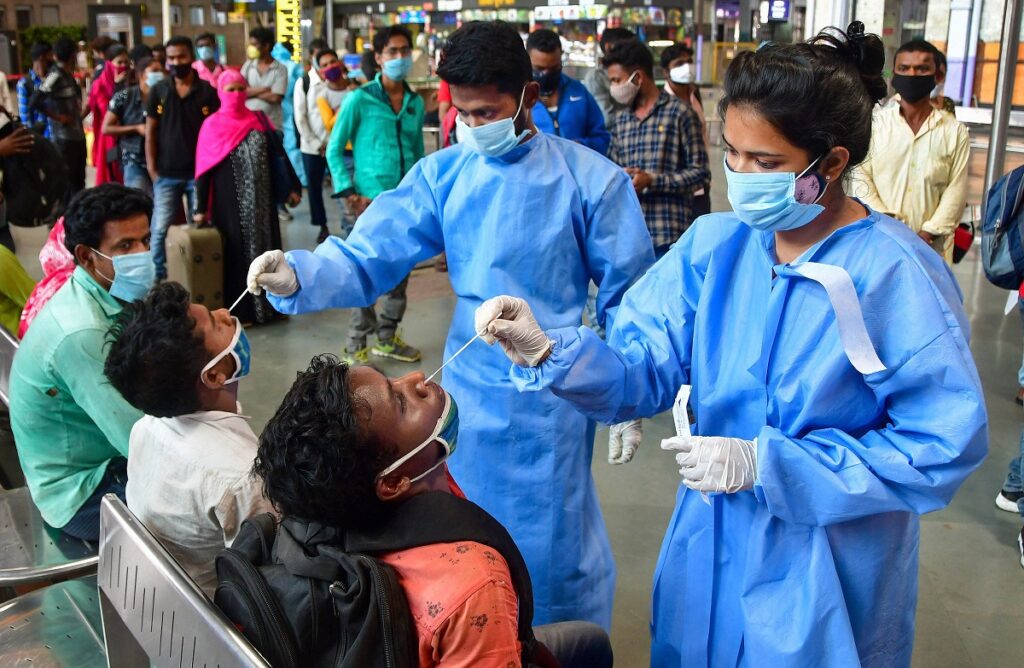
With a little more than 100,000 new infections across India on Sunday, daily cases in the country fell to their lowest level in more than two months, highlighting the country’s turnaround following the devastating second wave of the viral outbreak.
Covid-19 dashboard, 101,237 new infections and 2,446 new deaths were reported across the country on Sunday, bringing the total number of confirmed infections in India to 28.9 million and deaths to 349,247. While daily cases were at their lowest in 62 days, the number of reported daily deaths in the country reached a month-and-a-half low (or since April 22).
For the fourth week in a row, the second wave of the pandemic has seen a steady decline across the country. According to HT’s Covid-19 dashboard, the seven-day average of new infections in the country peaked at 391,819 cases per day on May 9, but has since dropped to 123,232 cases per day, a drop of over 68 percent from the peak.
“The second wave is stabilising or we can see is localised at the moment as from at least 500 districts reporting nearly 100 or more daily new cases in May, the number has come down to around 250 districts as on date. Most districts have shown substantial decrease in numbers since the peak was observed May 7, and hopefully the numbers will go down further in days to come,” said a senior health ministry official.
Only five states now account for two-thirds of all new infections in the country, according to a recent press briefing on Covid-19 by the Union health ministry.
“Among our new reported cases, 66% are effectively being reported from just five states, which is a sign to suggest we have managed to contain the disease transmission in a localised area,” said Lav Agarwal in the briefing.
Experts also say the numbers are indicative of a downward trend. “The numbers are stabilising but one recommendation cannot suit all states. This has to be local,” said Dr Giridhara R Babu, head, epidemiology, Indian Institute of Public Health.
“Each state has to make decisions on unlocking based on the objective indicators locally. The lower test positivity will have to sustain at least for two weeks while the load on hospitals is considerably eased, especially the availability of beds with critical care. Based on some of the indicators, gradual unlocking should be done,” he added.








